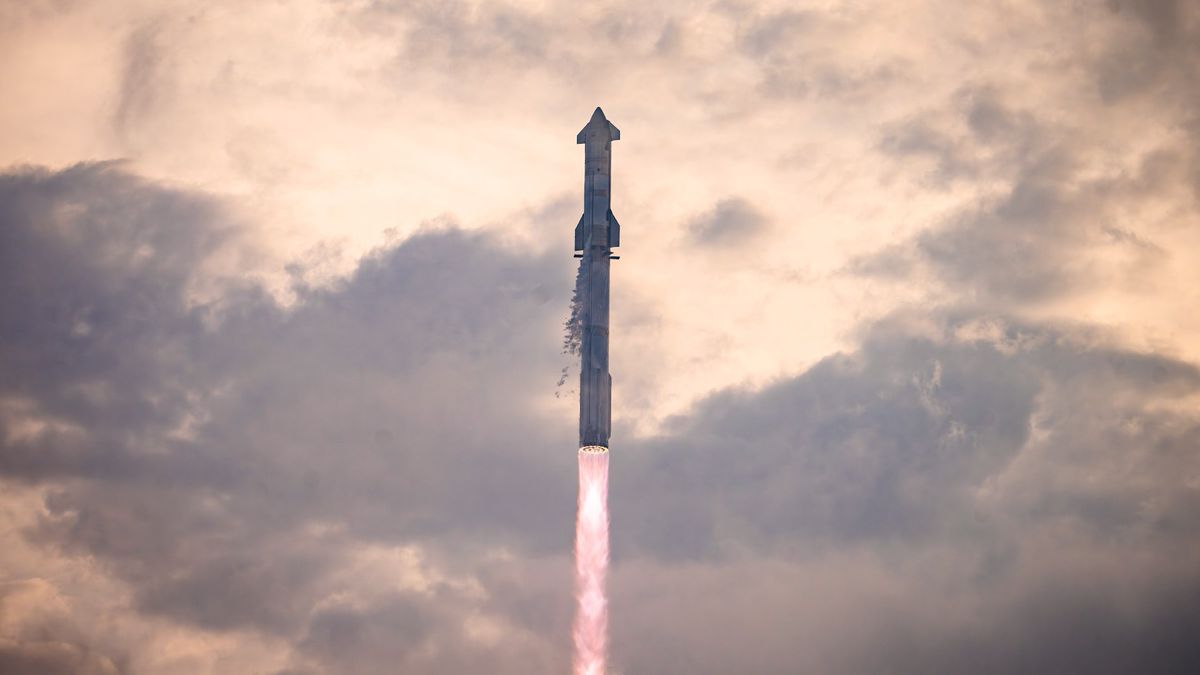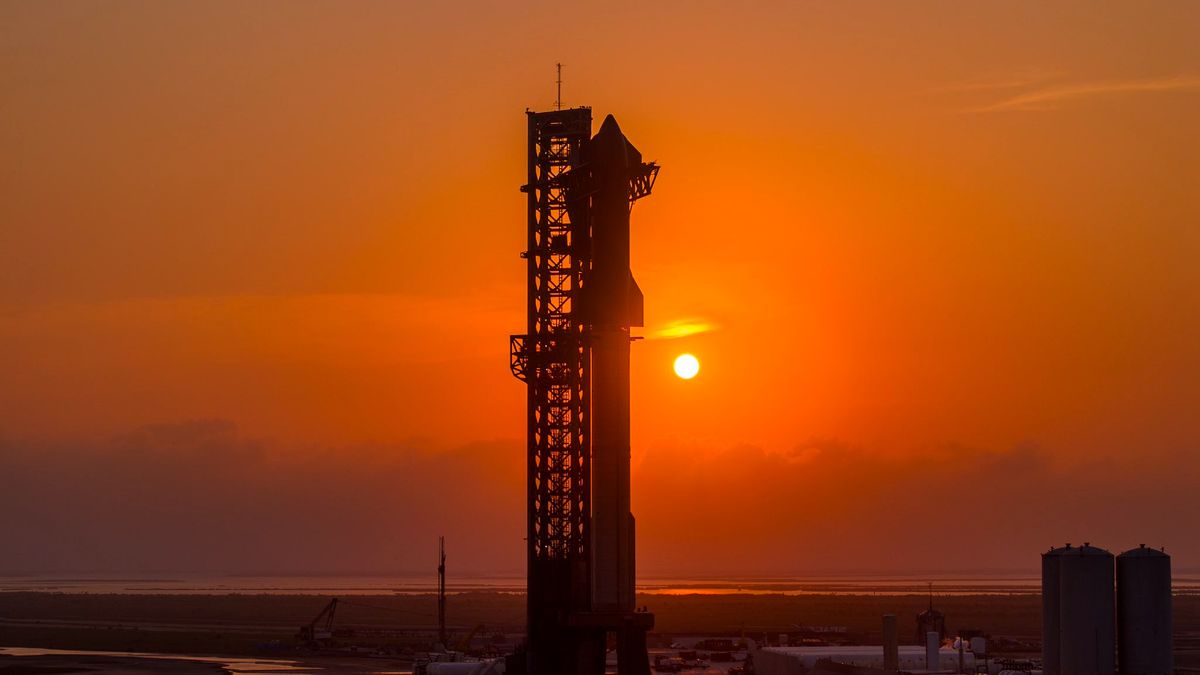
SpaceX had a successful week in space exploration with two major milestones achieved in quick succession. On June 8, residents of the Myrtle Beach area and other coastal regions were treated to an unusual sight - a red streak in the sky. The cause was none other than SpaceX's Falcon 9 rocket launch from Cape Canaveral Space Station in Florida on June 7.
The Falcon 9 rocket, owned by Elon Musk's company, added another 22 satellites to the Starlink constellation as part of the Starlink 10-1 mission. With over 6,000 active satellites in low Earth orbit already, this launch marked a significant step forward in SpaceX's ambitious plans for global internet coverage.
The launch was delayed several times due to weather conditions but eventually took place at 9:56 p.m., allowing those along the coast to witness the red vapor trail as the rocket headed into space.
Just two days earlier, on June 6, SpaceX successfully launched its Starship Flight 4 test flight of Starship and Super Heavy from its Starbase site in South Texas. This marked a major milestone for SpaceX as it was the first controlled return from space for the reusable rocket.
The second-stage spacecraft traveled halfway around the world, survived re-entry, and made a controlled splashdown in the Indian Ocean. Although not flawless, this achievement offered optimism that Elon Musk's vision of a fully reusable rocket could become a reality.
These successful launches come at an exciting time for space exploration as NASA's Artemis program gears up for its lunar missions. SpaceX is expected to play a significant role in these endeavors, further cementing its position as a leader in the industry.



